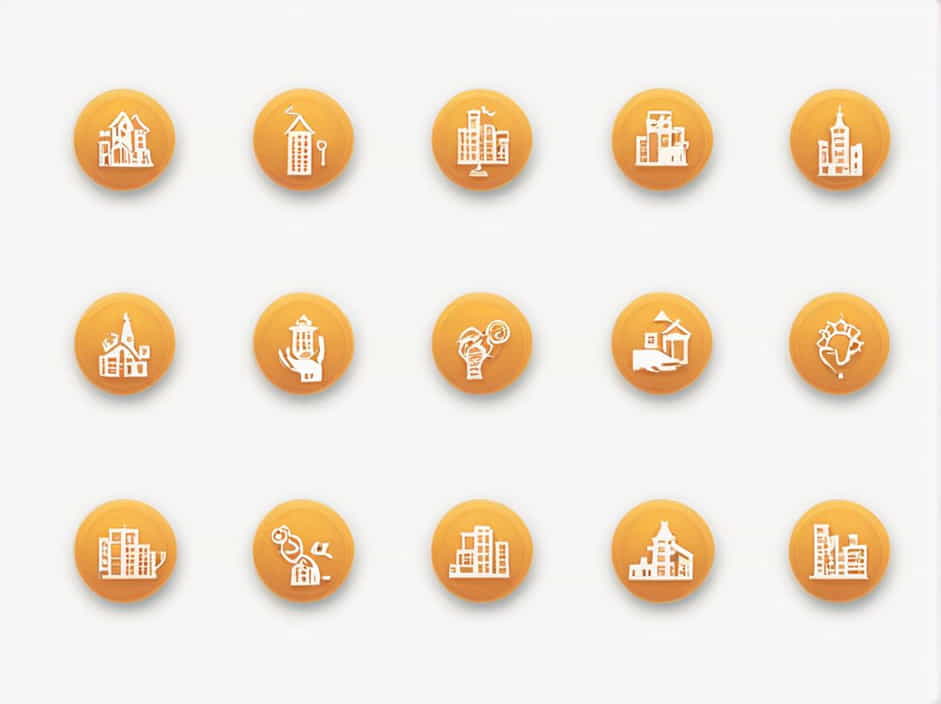Urbanization is a major force shaping the modern world. As cities expand, forests, wetlands, and grasslands are transformed into roads, buildings, and infrastructure. While urbanization offers benefits for human populations, it poses challenges for nonhuman populations, including wildlife, plants, and microorganisms.
This topic explores important questions about the effects of urbanization on nonhuman populations, highlighting key concerns about biodiversity loss, habitat destruction, and species adaptation.
1. How Does Urbanization Affect Wildlife Habitats?
1.1 What Happens to Natural Habitats When Cities Expand?
Urban development often leads to deforestation, wetland drainage, and land fragmentation. As natural areas shrink, many species lose their homes and struggle to survive.
1.2 How Does Habitat Fragmentation Impact Animal Populations?
Fragmented habitats create isolated animal populations, limiting their ability to migrate, find mates, and access food. This can lead to genetic bottlenecks, reducing biodiversity and increasing the risk of extinction.
1.3 Can Wildlife Adapt to Urban Environments?
Some species, such as pigeons and raccoons, adapt well to cities. However, many animals struggle to cope with pollution, artificial lighting, and noise, making survival difficult.
2. What Are the Consequences of Urbanization on Bird Populations?
2.1 How Does Light Pollution Affect Birds?
Artificial lighting disrupts bird migration, leading to navigation errors and collisions with buildings. Many birds rely on the stars to guide them, but bright city lights cause confusion.
2.2 Why Are Bird Populations Declining in Urban Areas?
Urbanization reduces nesting sites and food sources, leading to population declines. Pollution, glass windows, and predatory pets, such as cats, also threaten urban bird species.
2.3 Are Some Bird Species Thriving in Cities?
While some species decline, others, like pigeons and crows, thrive in urban environments. They adapt by nesting in buildings and feeding on human waste.
3. How Does Urbanization Impact Aquatic Life?
3.1 What Happens to Rivers and Lakes in Expanding Cities?
Urban expansion often leads to pollution and altered water flow. Rivers may be redirected or contaminated with chemicals from factories, roads, and sewage systems.
3.2 How Does Water Pollution Affect Aquatic Animals?
Heavy metals, plastics, and chemicals harm fish and amphibians, leading to disease, reproductive issues, and population decline.
3.3 Are Urban Waterways Becoming Uninhabitable?
Many urban rivers have lost their natural vegetation and biodiversity, making them unsuitable for many native species. However, some species, such as carp and catfish, adapt to polluted waters.
4. How Does Urbanization Affect Pollinators Like Bees and Butterflies?
4.1 Why Are Pollinators Declining in Cities?
Urbanization reduces flowering plant diversity, limiting food sources for pollinators. Pesticide use in gardens and parks also threatens their survival.
4.2 Can Cities Support Pollinator Populations?
Some urban areas are creating pollinator-friendly gardens and green roofs to support bees and butterflies. Cities with green spaces and native plant gardens can help pollinators thrive.
4.3 What Are the Consequences of Pollinator Loss?
Fewer pollinators mean reduced plant reproduction, affecting food production and biodiversity. Many fruits and vegetables rely on pollinators for growth.
5. How Does Urbanization Influence Mammal Behavior?
5.1 Are Wild Mammals Adapting to City Life?
Some mammals, such as foxes and deer, are adapting to urban environments by changing their feeding and movement patterns. However, not all species can adjust.
5.2 How Does Noise Pollution Affect Mammals?
Loud city noises interfere with communication, hunting, and mating. Nocturnal animals struggle with disrupted sleep cycles, affecting their survival.
5.3 Are Cities Encouraging the Spread of Invasive Mammals?
Urban environments often attract non-native species, such as rats and feral cats, which outcompete native species and disrupt ecosystems.
6. How Does Air Pollution Impact Nonhuman Populations?
6.1 What Are the Effects of Air Pollution on Plants?
Air pollutants, such as sulfur dioxide and nitrogen oxides, damage leaves, reduce photosynthesis, and weaken plant health.
6.2 How Does Air Pollution Affect Insects?
Pollutants disrupt insect respiration and reproduction, leading to declines in beneficial insects like bees, butterflies, and dragonflies.
6.3 Can Animals Develop Resistance to Air Pollution?
Some species adapt over time, but long-term exposure leads to genetic mutations, weakened immune systems, and lower survival rates.
7. What Are the Impacts of Climate Change on Urban Wildlife?
7.1 How Is Climate Change Affecting Urban Species?
Rising temperatures, erratic rainfall, and heatwaves affect wildlife migration patterns, food availability, and reproductive cycles.
7.2 Are Urban Green Spaces Helping to Combat Climate Change?
Green areas like parks, rooftop gardens, and tree-lined streets help reduce temperatures and provide shelter for wildlife.
7.3 Can Urban Wildlife Help Scientists Understand Climate Change?
Monitoring urban wildlife behavior can offer insights into climate adaptation, helping conservationists develop effective strategies.
8. How Can Cities Become More Wildlife-Friendly?
8.1 What Are Wildlife Corridors and Why Are They Important?
Wildlife corridors connect fragmented habitats, allowing animals to migrate safely between urban and rural areas.
8.2 How Can Urban Planning Reduce the Impact on Nonhuman Populations?
Sustainable city planning includes green roofs, urban forests, and eco-friendly construction to support biodiversity.
8.3 Can Community Efforts Help Protect Urban Wildlife?
Public initiatives like bird-friendly buildings, community gardens, and conservation programs encourage coexistence between humans and wildlife.
Urbanization is transforming landscapes across the world, affecting nonhuman populations in profound ways. From habitat loss and pollution to climate change and adaptation, cities present both challenges and opportunities for wildlife.
By understanding how urbanization impacts biodiversity, we can develop strategies to create greener, wildlife-friendly cities. Sustainable development, conservation initiatives, and public awareness can help ensure that nonhuman populations continue to thrive alongside urban expansion.
